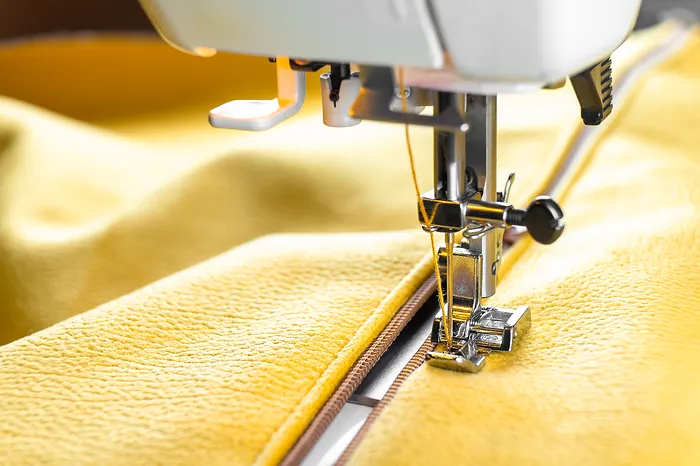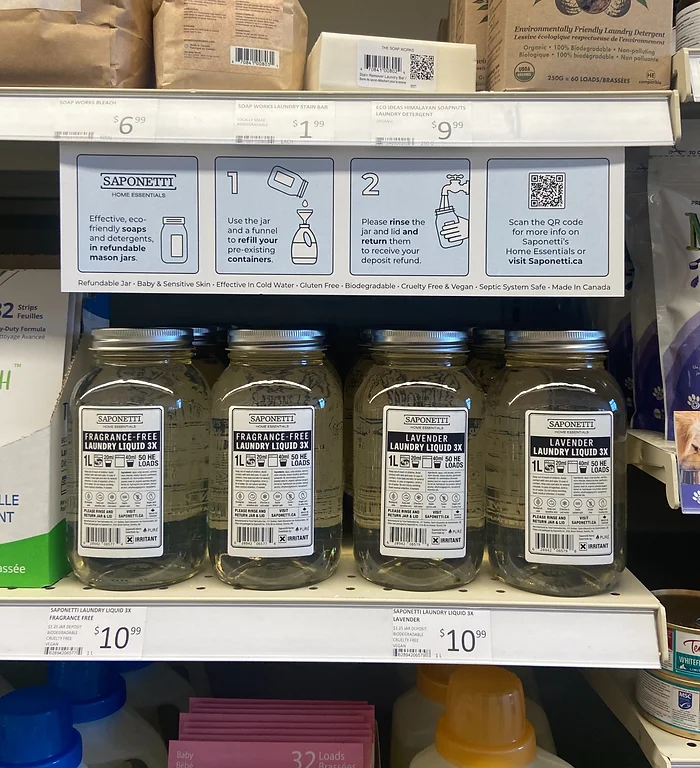Perhaps you have your reusable bags ready to go and by the door, a bike tune up is in your calendar for early spring so that you can ride your bike to work all down to two times per week.
What’s next!? What environmental behaviours should you work on adopting that you can feel really good about?
A good environmental strategy is about focusing on actions that have the biggest impact with the time and energy involved. No use putting a lot of effort into doing something that won’t make much of a difference, right?
I may be biased, but I’m going to say that the Circular Economy is where it’s at. Actually, that’s not just being biassed – four of Twenti’s “Ten changes for the biggest impact” and at least five of the items on Buzzworthy’s list are directly related to the circular economy.
So, here’s the ‘circular’ run down… and what it can mean for you…
Circular Economy – what is this?
You may have heard that our city recycling systems haven’t been working, especially when it comes to plastics.
We need something better!
That’s where the circular economy comes in, a concept that is about much more than recycling.
In contrast to the conventional “take-make-waste” system, the circular economy keeps products and their materials in circulation so we get more value out of every molecule, very minimal amounts of new resources are needed, and much less waste ends up in landfill.
Waste is seen as a resource rather than a cost.

This means that we start at the top of the Zero Waste Hierarchy with rethinking and redesigning, and find the best way to use an item, assessing it at each of the next levels: reduce, reuse, compost, chemical recycling, and then landfill.
When you see how many levels there are before recycling, it becomes clear that there is much we can do to improve our systems!
There are five key components to the circular economy:
- Product design: Creating and using better designs in the original manufacturing process so that items stay in use longer and are repairable. Patagonia has been a trailblazer with this and creates high quality garments that they repair nearly indefinitely.
- Circular materials: Using safe and sustainable materials, especially byproducts produced from processing other natural sources. For example, Insekt makes high quality skin creams from oils extracted as a byproduct from flies that are processed into chicken feed.
- Circular processes: Products are designed to require less resources and produce less waste in their production, aiming for zero-waste. EcoWool is a great example: products are made of “waste” wool that, after use, provides excellent food for plants.
- End of use recovery: Keep materials circulating longer with a system to recover the component parts and process them for reuse, repair, refurbishment, remanufacturing, or recycling. I just learned that Fairphone supports customers in easily repairing their phones, providing the equipment and instructions needed.
- Circular Business model: Creating systems that encourage use instead of ownership, through renting, paying for access, subscribing to shared equipment, etc. This allows groups of people to get value out of single items, like cars in a car share program!
The circular economy is a system that gets more value out of less, helping us to reduce how many items are needed, and to put less pressure on our environment by extracting less resources, creating less waste heading to landfill, and creating huge energy savings. Everything not used for the production of one thing should be a useful input for another industrial process or be food for nature (compost).
Didn’t I tell you this was the way to go?

Join the Circular Economy – Get Your Refill On!!
You can literally join and be a part of the Circular Economy by reusing and thinking about the products you purchase and what you do with things you no longer need.
There are increasing numbers of programs to support you in joining: food packaging reuse systems, repair cafes and hubs, tool libraries, reuse stores, and of course – refilleries!
At Saponetti, that’s entirely what we are about: refilling containers with home and body essentials to put an end to the need for new containers! Just bring in your used soap bottles to get them refilled, and go zero-waste – in the soap department – for good!
And, getting our products is super easy. Saponetti’s soaps are in several stores in Toronto, you can come by the store to refill, we’ll deliver products to your home, and there are multiple places to drop off our bottles so they can get back into the system and get reused indefinitely.
Did I mention that you’d be saving up to 25% off retail costs?!
Empty containers that used to be disposed of (and hopefully recycled!) instead become a resource! And, it’s so convenient.

Conclusion
This will get you started on becoming a circular economy driver and totally leveling up your environmental impact, but I also recommend looking more into how to go plastic free!
Now that you know the circular economy is where it’s at for leveling up your eco impact, what are your plans? Have you started collecting empty bottles and added us to your route to work?
Please share!! We love to hear!
References
Council of Canadian Academies (CCA) (2021) Circular economy presents significant opportunities and unique challenges for Canada: New report. https://www.cca-reports.ca/circular-economy-presents-significant-opportunities-and-unique-challenges-for-canada-new-report/
Government of Canada (2022) Circular Economy https://www.canada.ca/en/services/environment/conservation/sustainability/circular-economy.html
Rethink Global (2019) Episode 1 What is the circular economy? https://www.rethinkglobal.info/episode-1-what-is-the-circular-economy/

